Digital Matte Painting
DST60904/Project2
LIU CHENG RUI (0370930)
DST60904/Digital Matte Painting/ Bachelor of Design (Hons) in Creative Media / Taylor's University
INSTRUCTION
PROJECT 2 INVISIBLE SET EXTENSION
First of all, I collected materials such as architecture, cities, skies and
future technological elements from multiple image resource libraries. When
making the selection, the consistency of perspective, the uniformity of
light source direction and the distinction of picture layers were given
priority consideration.
Then, through sketches, I initially divided the foreground (architectural
framework), middle ground (main urban agglomeration), and background
(distant building complexes and circular structures) in the picture to
establish a sense of depth and composition rhythm.
Fig2.1 Create layers for different objects
After all the materials were imported into Photoshop, I began to layout
based on the concept of layering:
Prospect: Add large industrial structures and elements hanging from the
urban edge to enhance the sense of immersion.
Fig2.2 Production progress 1
Medium shot: Select high-rise buildings and perform partial cropping. Use
tools such as the Quick Selection Tool and Layer masks for cleaning.
Fig2.3 Production progress 2
Fig2.4 Production progress 3
Background: Construct depth using a blurred urban outline and giant
structures (such as the spatial city above).
Fig2.5 Production progress 4
Next comes the core color-matching step:
Use the Multiply mode to overlay shadows to make the lower part of the
building more volumized.
Add the illuminated area using the Soft Light or Lighten mode to simulate
the light sensation of the slanting sunlight at sunset hitting the metal
surface.
Fine-tune the edges with a paintbrush to enhance the logic of reflection
and occlusion, making the architectural hierarchy more
three-dimensional.
Fig2.6 Adjust the overall color tone
Fig2.7 Add the the background platform
Fig2.8 Add shadows and buildings to the background platform
To enhance the sense of reality, I superimposed a grayish-blue fog layer in
the medium and long shots, and moderately reduced the saturation and clarity
of the unimportant areas to make the center of gravity of the picture more
concentrated.
Finally, I checked the overall color temperature and light and shadow
balance of the picture, and moderately added some color adjustment layers
(such as levels, hue/saturation, photo filters, etc.) to unify the
style.
Fig2.9 Hue/saturation adjustment
Fig2.10 Color level adjustment
Fig2.11 Before the adjustment
Fig2.12 After adjustment
I showed Mr. Kannan the progress of the PS I had completed so far. Mr.
Kannan thought it was not bad, but it was necessary to pay attention to the
perspective of the middle building and the upper platform in the background.
The same building as the lower platform could also be added. Finally, Mr.
Kannan also showed me that some dark blue could be added to enhance the
atmosphere.
Fig2.13 Modify perspective
Fig2.14 Increase the superstructure
Fig2.15 Enhance the atmosphere of blue color
After that, Mr. Kannan thought that there were still some problems with
my architectural perspective and showed me the correct perspective.
Besides, Mr. Kannan also suggested that I make some adjustments to the
color of the background platform and the sky.
I also added a space shuttle to the background, which makes it look more
sci-fi.
Fig2.16 Final image
Fig2.17 Project 2 Compilation
FEEDBACK
week11
Mr. Kannan thought it was not bad, but it was necessary to pay attention
to the perspective of the middle building and the upper platform in the
background. The same building as the lower platform could also be added.
Finally, Mr. Kannan also showed me that some dark blue could be added to
enhance the atmosphere.
week12
Mr. Kannan thought that there were still some problems with my architectural perspective and showed me the correct perspective. Besides, Mr. Kannan also suggested that I make some adjustments to the color of the background platform and the sky.
REFLECTION
Experience
This project has given me a more comprehensive understanding of the process of digital landscape painting. From the initial collection of materials and composition arrangement to the later adjustment of light and shadow and the unification of tones, every step requires patience and meticulousness. I have learned that during the collage process, one should not only focus on whether the parts look good or not, but also consider the overall situation and think about whether the perspective, light and layers are unified. I also realized the importance of light and shadow handling, such as adjusting the positions of highlights and shadows, which can effectively enhance the sense of space and atmosphere.
Observation
During the production process, I observed that the most common problems when different materials are collaged are the perspective relationship and the direction of the light source. If they are not unified, the entire picture will look unreal. I also found that the clarity of the building's edges and the layering treatment of the layers will directly affect the spatial sense of the picture. For instance, the foreground needs to be clearer and have a stronger contrast, while the background should be slightly blurred. To create an atmosphere of the evening, I observed the color changes of the sky and the city's light and shadow at dusk in reality, and attempted to enhance the sense of light by adjusting the color temperature, adding shadows and highlights.
Findings
Through repeated adjustments and feedback, I found that the key to truly achieving a "fusion" of the picture is not merely choosing the right materials, but rather how to unify them in terms of space, tone and light perception. For instance, even if the content of different materials is consistent, if the perspective directions are not the same, the picture will appear unnatural. Besides, I have found that creating an atmosphere is more important than stacking details - appropriate color temperature, distance, reality and illusion, and contrast of light and shadow can enhance the atmosphere of the picture.




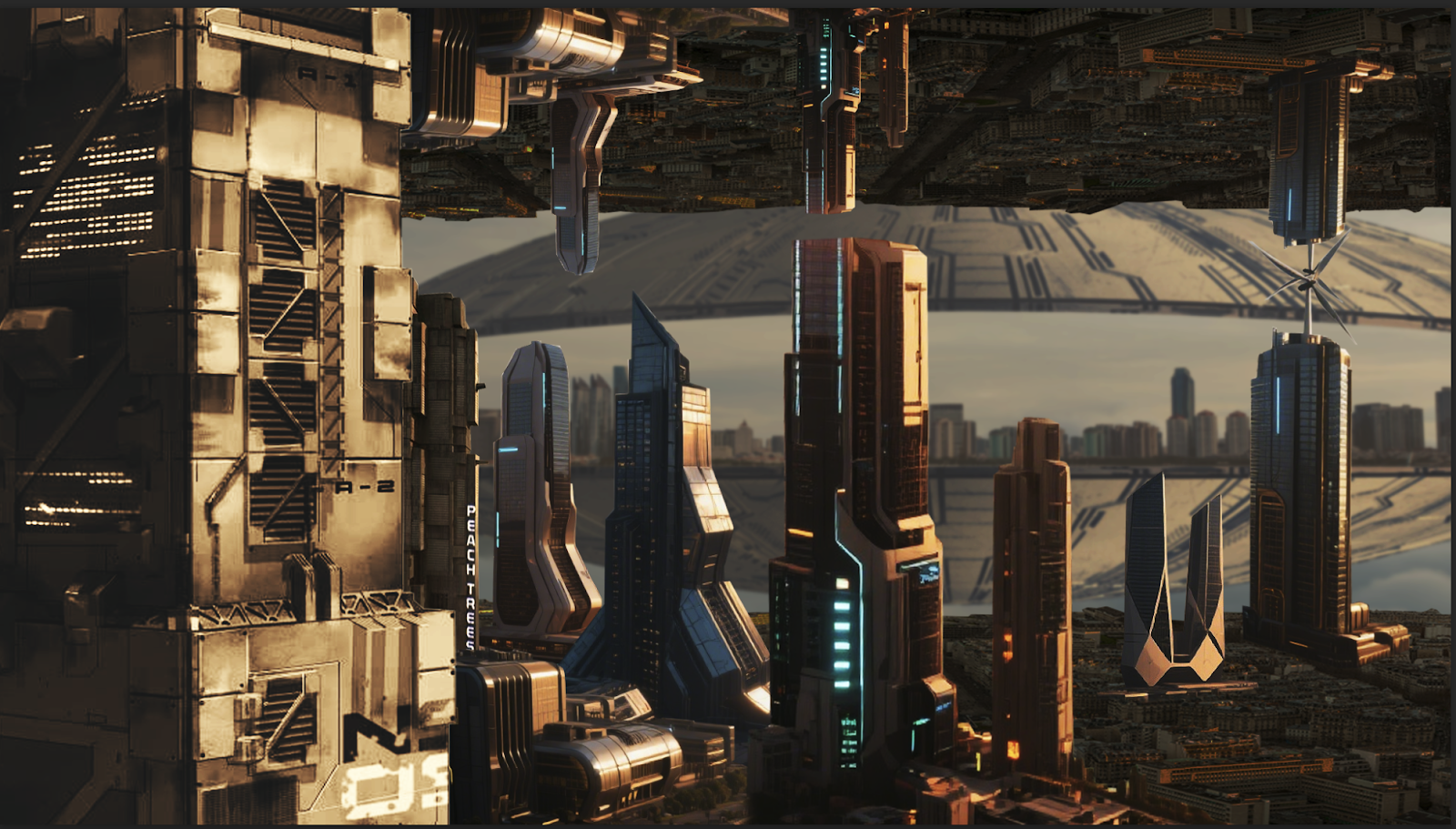
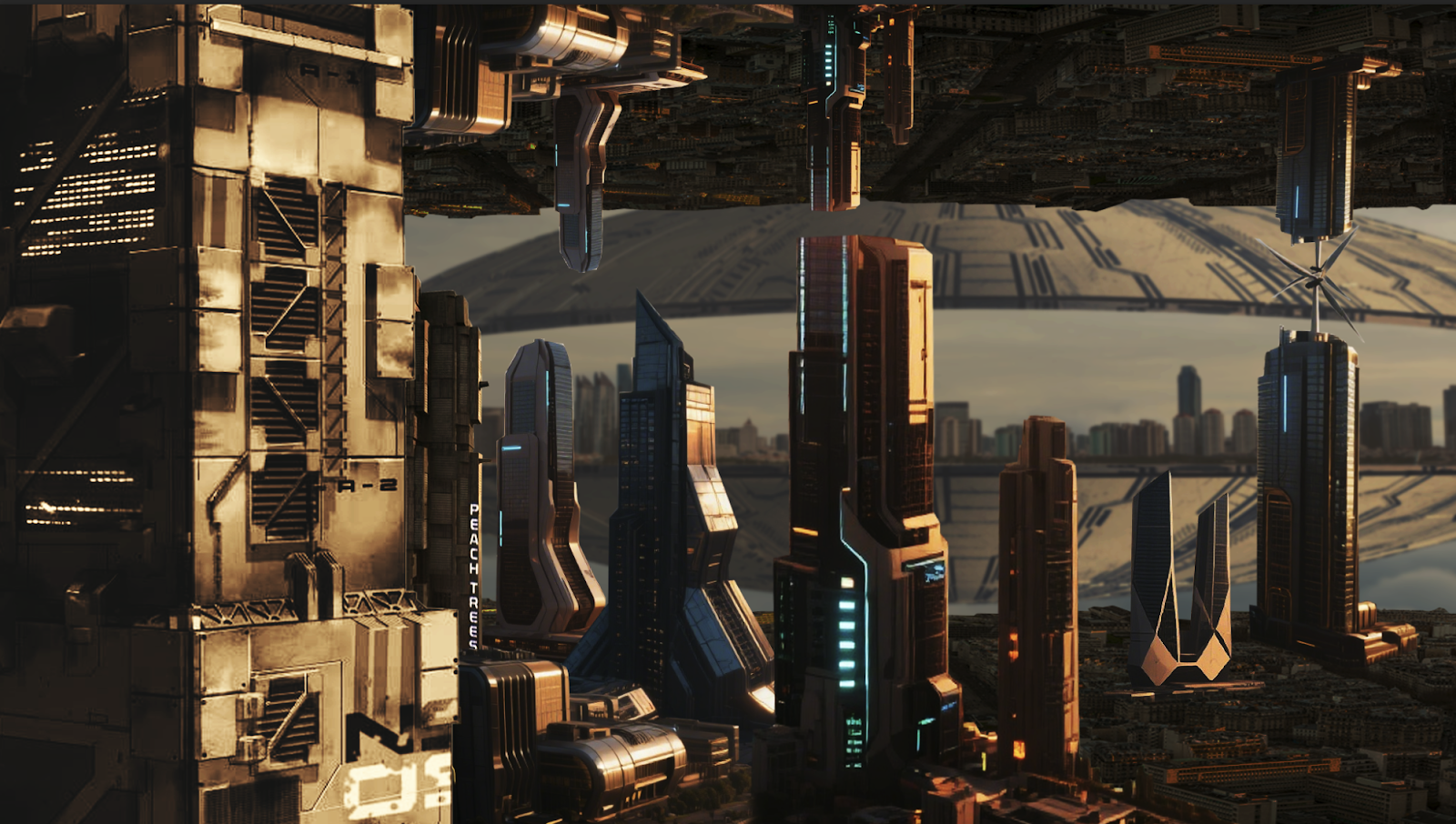
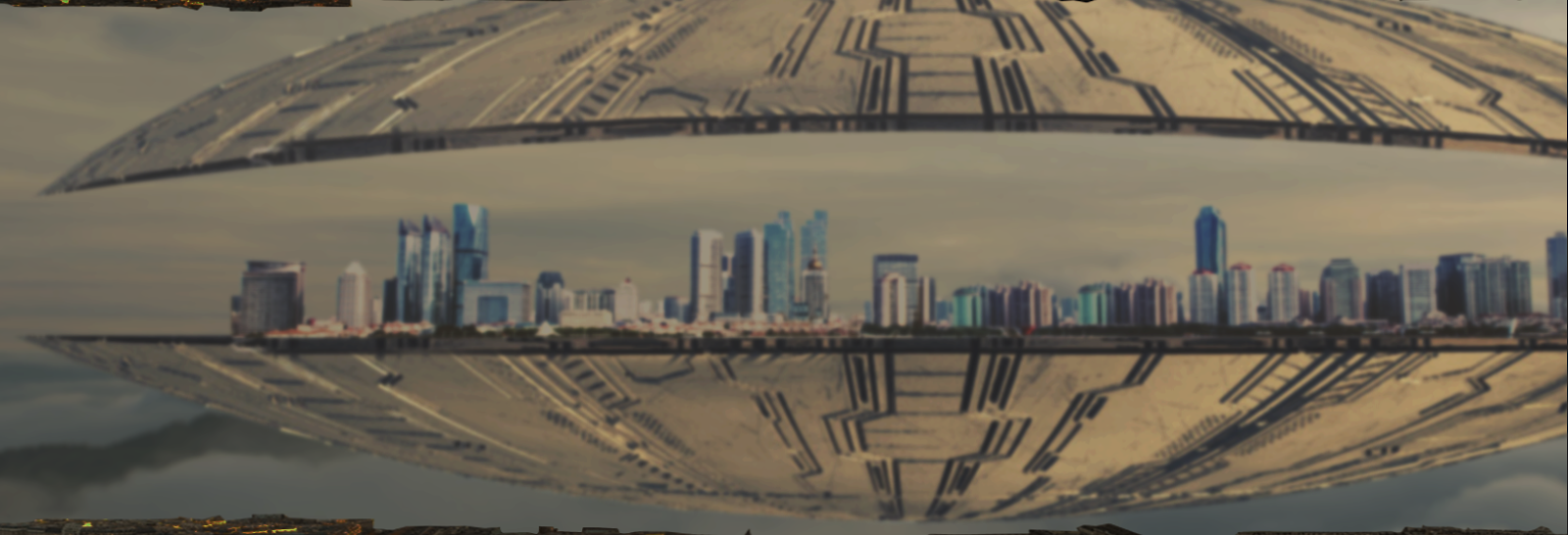


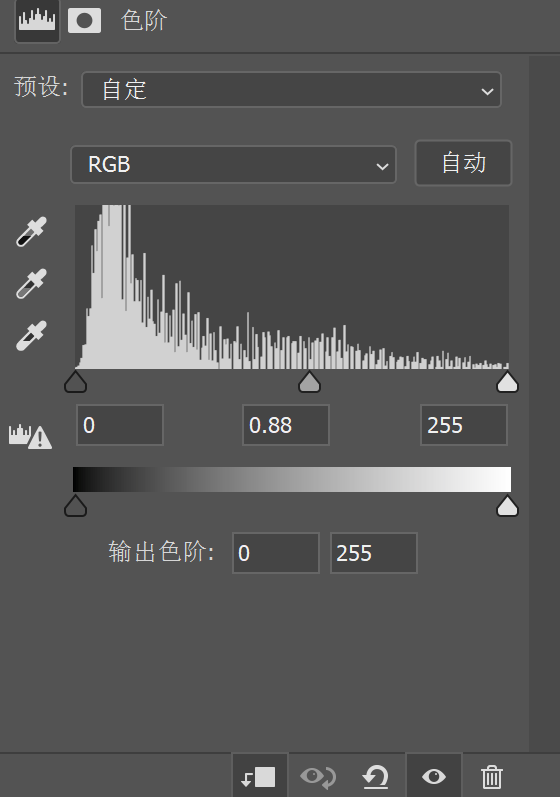
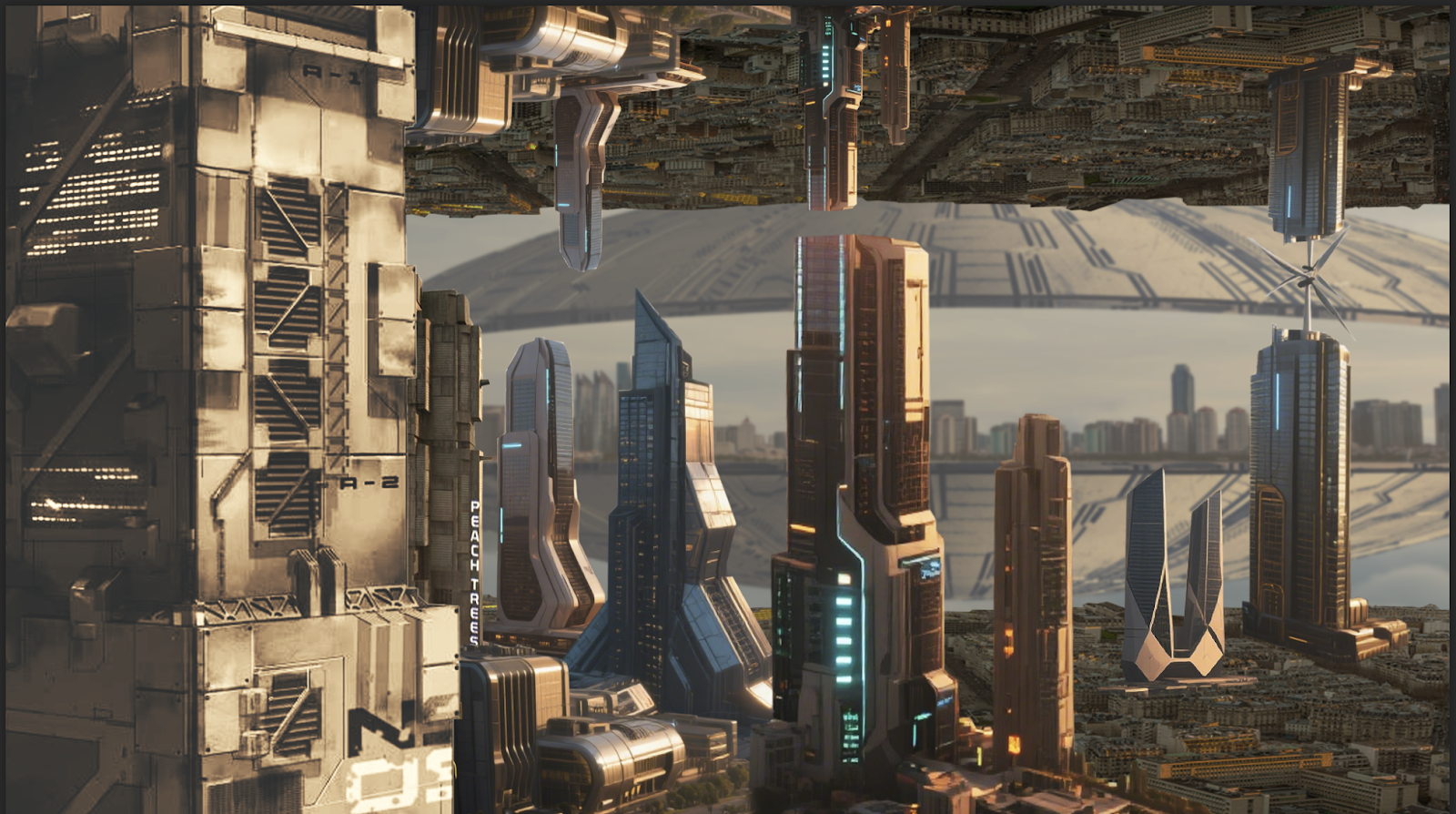

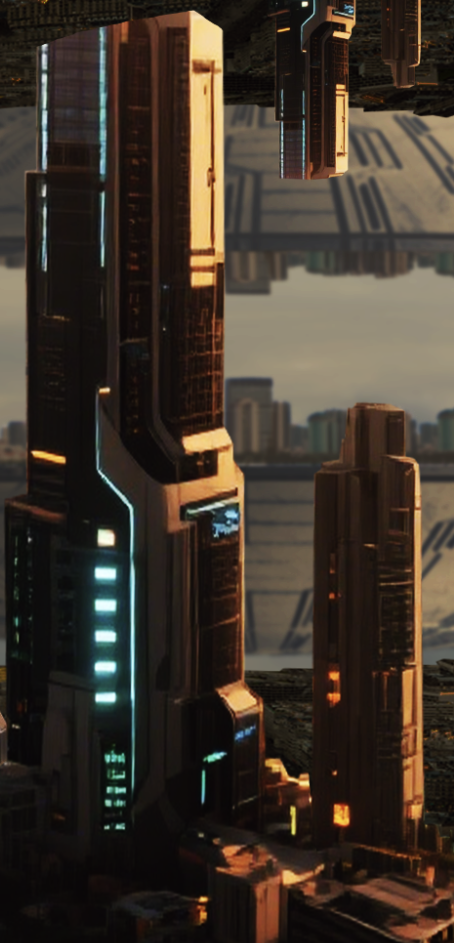






Comments
Post a Comment